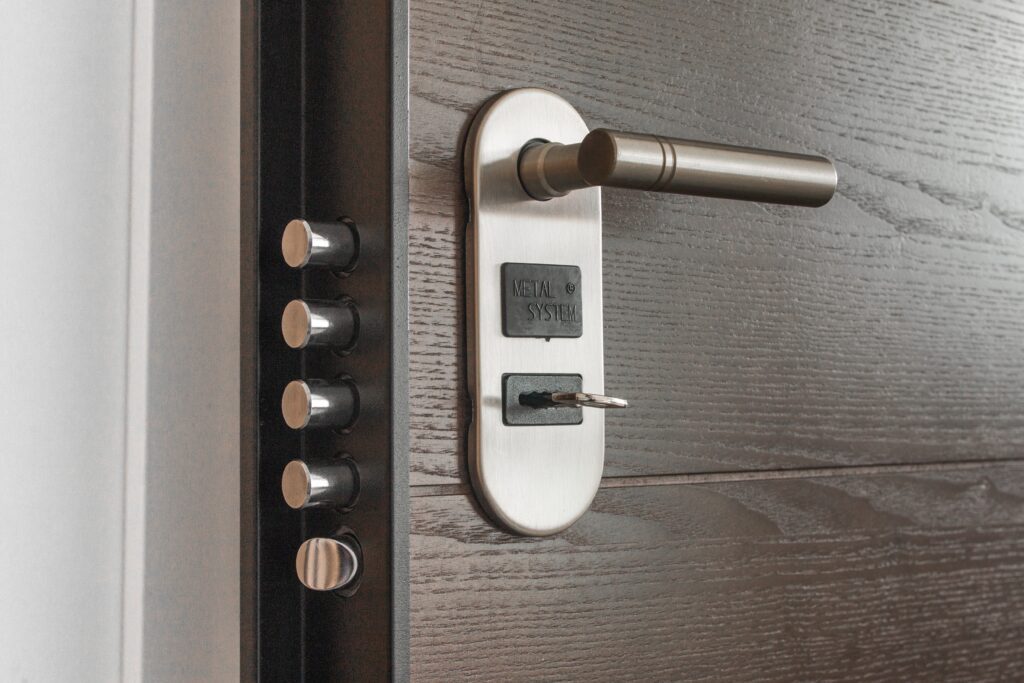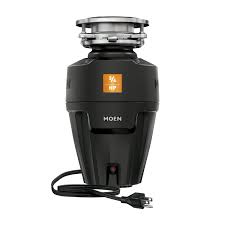Introduction

In today’s fast-paced world, beacon lights have become integral for safety, communication, and navigation. From guiding ships through treacherous waters to alerting motorists of hazards on the road, these versatile devices play a crucial role in various industries. In this comprehensive article, we will delve into the world of beacon lights, exploring their history, applications, and the technology that powers them. Join us on this illuminating journey as we shine a light on beacon lights.
Beacon Lights: A Guiding Light
Beacon lights, often referred to as “beacons,” are powerful signaling devices that emit light in a specific pattern. These signals serve as navigational aids, warnings, or indicators, depending on their application. Beacon lights come in various forms, including rotating beacons, LED beacons, and strobe lights. Let’s explore their diverse applications.
The Maritime Marvel
Mariners have relied on beacon lights for centuries to navigate safely through treacherous waters. Lighthouses, towering structures adorned with powerful beacon lights, guide ships away from dangerous coastlines and rocky shores. These beacons not only prevent maritime disasters but also stand as symbols of hope and guidance.
Road Safety Guardians
In the realm of road safety, beacon lights are unsung heroes. Emergency vehicles, such as police cars, ambulances, and fire trucks, employ beacon lights to signal their presence and clear the path during emergencies. Amber beacons on construction vehicles warn motorists of potential hazards ahead, ensuring safe journeys on our highways.
Aviation Advancements
Airports rely heavily on beacon lights for aircraft guidance and safety. Runway edge lights, approach lighting systems, and strobe lights on aircraft are essential components that enable safe landings and takeoffs. Beacon lights help pilots maintain their bearings even in adverse weather conditions.
Industrial Vigilance
In industrial settings, beacon lights serve as visual alerts for various purposes. They indicate machine status, warn of hazardous conditions, and ensure smooth operations. Beacons are indispensable for maintaining workplace safety and efficiency.
The Technology Behind the Glow
Beacon lights have come a long way from their humble beginnings as open flames in ancient lighthouses. Modern beacon lights use advanced technology, with LED lights being the most common choice. LEDs offer energy efficiency, longevity, and versatility in color and intensity. Additionally, GPS and remote monitoring systems have enhanced the control and maintenance of beacon lights, making them even more reliable.
Beacon Lights: A Bright Future
As technology continues to advance, we can expect beacon lights to evolve and find new applications. Here are a few trends that may shape the future of beacon lights:
1. Smart Beacon Lights
The integration of smart technology with beacon lights is on the horizon. These lights will be equipped with sensors and connectivity features, allowing them to communicate with other devices and systems. For instance, smart beacons on the road may coordinate with autonomous vehicles to enhance traffic flow and safety.
2. Energy Efficiency
Efforts to reduce energy consumption will lead to more energy-efficient beacon lights. This not only benefits the environment but also extends the lifespan of the lights and reduces maintenance costs.
3. Enhanced Visibility
Innovations in optics and materials will result in beacon lights that are even more visible in various weather conditions. This will improve safety and navigation in critical situations.
4. Expanding Applications
As industries continue to discover the benefits of beacon lights, we can expect to see new and creative applications emerge. From underwater beacons for marine research to beacons used in augmented reality (AR) experiences, the possibilities are vast.
Certainly, let’s delve deeper into the world of beacon lights.
Beacon Lights in Emergency Services


One of the most critical applications of beacon lights is in the realm of emergency services. These lights are essential tools for law enforcement, medical response teams, and firefighters. Let’s explore how beacon lights play a pivotal role in these fields:
1. Police Vehicles
Police cars are equipped with beacon lights, often in the form of roof-mounted light bars. These lights serve several purposes. First and foremost, they signal to motorists and pedestrians that a police vehicle is approaching. This visual warning helps ensure the safety of everyone on the road. Additionally, the colour and pattern of the lights can convey different messages. For example, a flashing red and blue pattern typically signifies an active pursuit or an emergency, while a steady red light may indicate a routine patrol.
2. Ambulances
When it comes to medical emergencies, time is of the essence. Ambulances use beacon lights to clear traffic and reach the scene as quickly as possible. The bright, flashing lights grab the attention of drivers and prompt them to yield the right of way. These lights also serve as a visual cue to bystanders that medical assistance is on the way.
3. Fire Trucks
Firefighters rely on beacon lights to navigate through traffic and arrive at the scene of a fire or emergency swiftly. Fire trucks often feature a combination of bright lights, including strobes and LED arrays. These lights not only improve visibility but also enhance safety by alerting other drivers to the presence of a large, heavy vehicle.
Beacon Lights in Aviation


In the aviation industry, safety is paramount, and beacon lights are integral to ensuring aircraft visibility and safety. Here’s how beacon lights are used in aviation:
Runway Edge Lights
Runway edge lights are essential for guiding aircraft during takeoff and landing, especially during nighttime or adverse weather conditions. These lights delineate the runway’s boundaries, helping pilots maintain proper alignment and preventing runway excursions.
Approach Lighting Systems
Approach lighting systems (ALS) consist of a series of beacon lights located along the approach path to a runway. They provide visual cues to pilots, enabling them to gauge their altitude and alignment with the runway. ALS enhances safety during the critical phases of landing.
Anti-Collision Lights
Aircraft are equipped with anti-collision lights, including beacon lights on their tails. These lights emit a distinct flashing pattern that helps identify the aircraft’s position and direction of movement. This is crucial for preventing mid-air collisions, especially in congested airspace.
You may also visit: USES OF PINK MOLD IN YOUR HUMIDIFIER
Beacon Lights and Industrial Safety


In industrial settings, beacon lights contribute significantly to workplace safety and efficiency. Here’s how they are utilized:
Machine Status Indicators
Factory floors and manufacturing plants employ beacon lights to indicate the status of machines and equipment. Different colors or patterns can convey whether a machine is operating normally, in need of maintenance, or experiencing an issue. This allows workers to respond promptly to issues and avoid production downtime.
Hazardous Area Warnings
In facilities where hazardous materials are handled, beacon lights serve as warnings. For example, flashing red lights can indicate the presence of a hazardous situation, prompting employees to take appropriate precautions and evacuate if necessary.
Vehicle Safety
Forklifts, cranes, and other industrial vehicles often feature beacon lights. These lights improve the visibility of these vehicles, reducing the risk of collisions in busy warehouses and construction sites.
You can also see this: ENHANCE YOUR OUTDOOR EXPERIENCE WITH A MOTORIZED PATIO SCREEN.
Conclusion
Beacon lights, with their rich history and vital role in safety and communication, continue to shine brightly in our modern world. From guiding ships through stormy seas to alerting motorists to potential dangers, these beacons serve as beacons of hope, guidance, and safety. As technology advances, so do the capabilities of beacon lights, ensuring that they remain a crucial part of our lives. Their evolution over time has made them indispensable in various fields, and their future looks brighter than ever. Whether guiding ships to safety or ensuring road and aviation safety, beacon lights will continue to illuminate our path forward. They serve as constant reminders of our commitment to ensuring the well-being of individuals in various situations. As technology continues to advance, we can expect beacon lights to become even more sophisticated and versatile, further enhancing safety across diverse industries.
FAQs
How do beacon lights work?
Beacon lights work by emitting intense, focused light in specific patterns. They use various technologies, such as rotating mirrors, LED arrays, or strobes, to create distinctive signals that convey information or warnings.
Are beacon lights only used for emergencies?
No, beacon lights have diverse applications beyond emergencies. They are also used in aviation, maritime navigation, construction zones, and industrial settings to convey important information and maintain safety.
Can beacon lights be customized?
Yes, modern beacon lights are highly customizable. They come in various sizes, colours, and intensities to suit specific requirements. Some even allow for remote control and programming.
What are the advantages of LED beacon lights?
LED beacon lights are energy-efficient, long-lasting, and offer greater flexibility in terms of colour and intensity. They are also less prone to breakage and are environmentally friendly.
Do beacon lights require regular maintenance?
Yes, like any other equipment, beacon lights require periodic maintenance to ensure they function correctly. Modern systems often incorporate remote monitoring to detect and address issues promptly.
How can I choose the right beacon light for my application?
Selecting the right beacon light depends on factors like the intended use, environmental conditions, and visibility requirements. It’s essential to consult with experts or manufacturers to make an informed choice.




